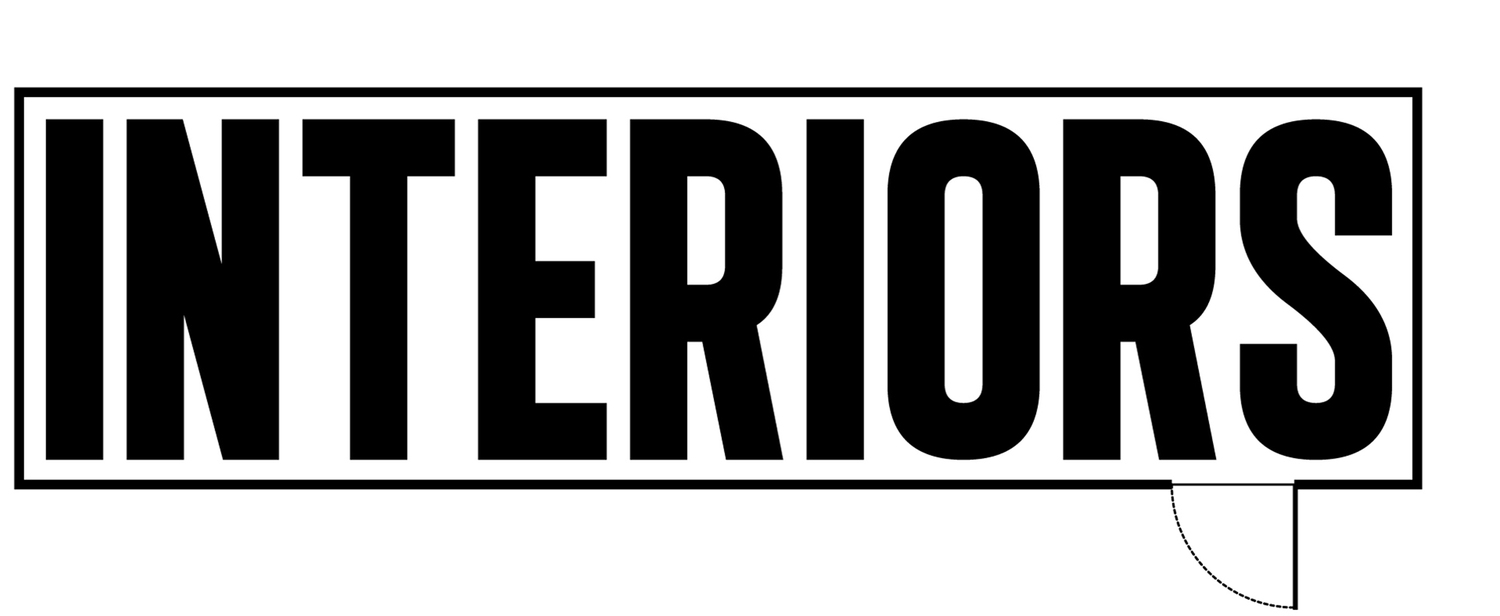Werckmeister Harmonies and an Orchestra of Pure Form
/In general, cinematography, like music, is purely formal. In through tones of instrumentation, both arts create a boundless yet communicative language that does not represent the world but brings the world to life. In essence, all is built on form. In fact, consider form the expression of energy throughout the world; its dimensions are space and time. In other words, form exists as movement within these dimensions; a tone of Eb carries with it not only the space of its consequential frequency but the duration at which it might be heard. The same is true of the camera's eye, which occupies space and duration; a slow pan to the left carries with it the form of its movement as well as its duration. In addition, while music and film are considered separate arts, form does not preclude one over the other; form may be transferred from music to film to the mind, from the mind to film to music. This is transformation.
In fact, cinema tends to elude transformation, but pure cinematography is a cinema of transformation, hiding form beneath its barriers of content. The jokes and stories take precedence over the moving camera, the lighting, framing, shapes within, and designs of the image. In this sense, cinema becomes somewhat indistinguishable from other forms of communication such as literature, since it takes on the conceptual apparatus of alternate languages. In fact, storytelling is not unique to cinema, what is unique is the cinematography used to put the story together. The communication of something exclusive to the language of cinematography is to write with the camera from an autonomous point of view, one that appreciates form in itself; as a result, what occurs when cinematic form transfers into music or mental phenomena is that it communicates something untold by any other language. This is the goal of cinematography.
This phenomenon becomes almost tangible, when watching a film like Béla Tarr's Werckmeister Harmonies (2000). Béla Tarr's slow camera movements are often accompanied by a musical score. The scenes carry great depth and weight and offers duration and space through long takes and deep focus cinematography with a constantly moving camera. In fact, take the first scene of the film, for instance. János Valuska (Lars Rudolph) explains the effects of a solar eclipse and he speaks of darkness and the unknown, the camera very slowly moves back, opens up a great deal of space, and raises to just underneath a light fixture which overexposes the image. János Valuska states that all is still well, as the camera leaves the eternal spirit of light to reverse the interval of space to return to its original point. This sequence is accompanied by music, which too carries an interval structure and a reprisal. The movement of the camera here is not unlike the music that plays before it. In putting them together, the two arts form an orchestra of instrumentation that extends beyond music and into the cinema. In this way, cinema truly encapsulates not only the language of cinematography but the language of music as well. In this sense, what is reducible is a cinema whose cinematographic form shares an unseen musical nature, and whose musical form shares an unseen cinematographic nature.
The light and overexposure used in the first scene returns twice more in the film: it fills the room of the vulnerable old man whose spirit shares the grace of God, and it reveals the whale for it is a testament to God's omnipotence. In each of these scenes, Béla Tarr again uses both cinematography and music to create an orchestration that encapsulates both arts. The camera slowly winds down the corridor then slowly follows the men as they leave the building, paying penance in solemnity and prayer, as the tragic music again may be heard. The cumulative effect is a richness of form. The camera's inching forwards and backwards are yet another instrument to be added to the orchestral music that is heard. The shapes of figures and shadows, the movement of time, and the framing of the image also join in this orchestral landscape, a display of form that truly does not preclude one medium from the other. In this moment, there is neither cinematography nor music; all is part of an orchestra of pure form. This is cinema: image and sound become art.










